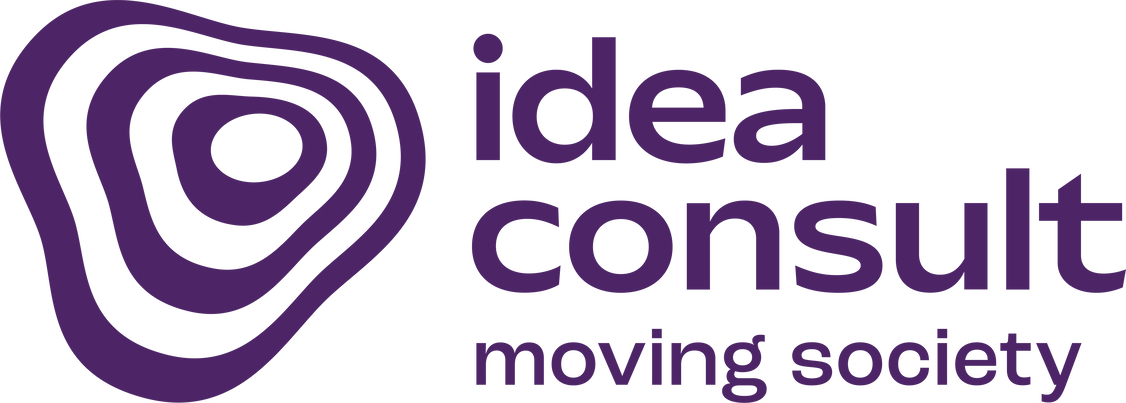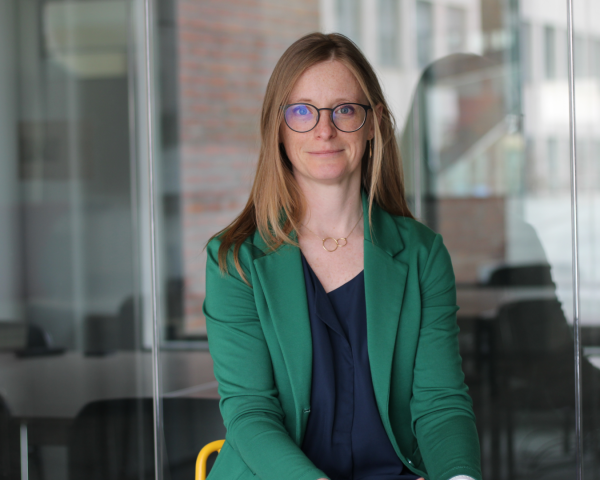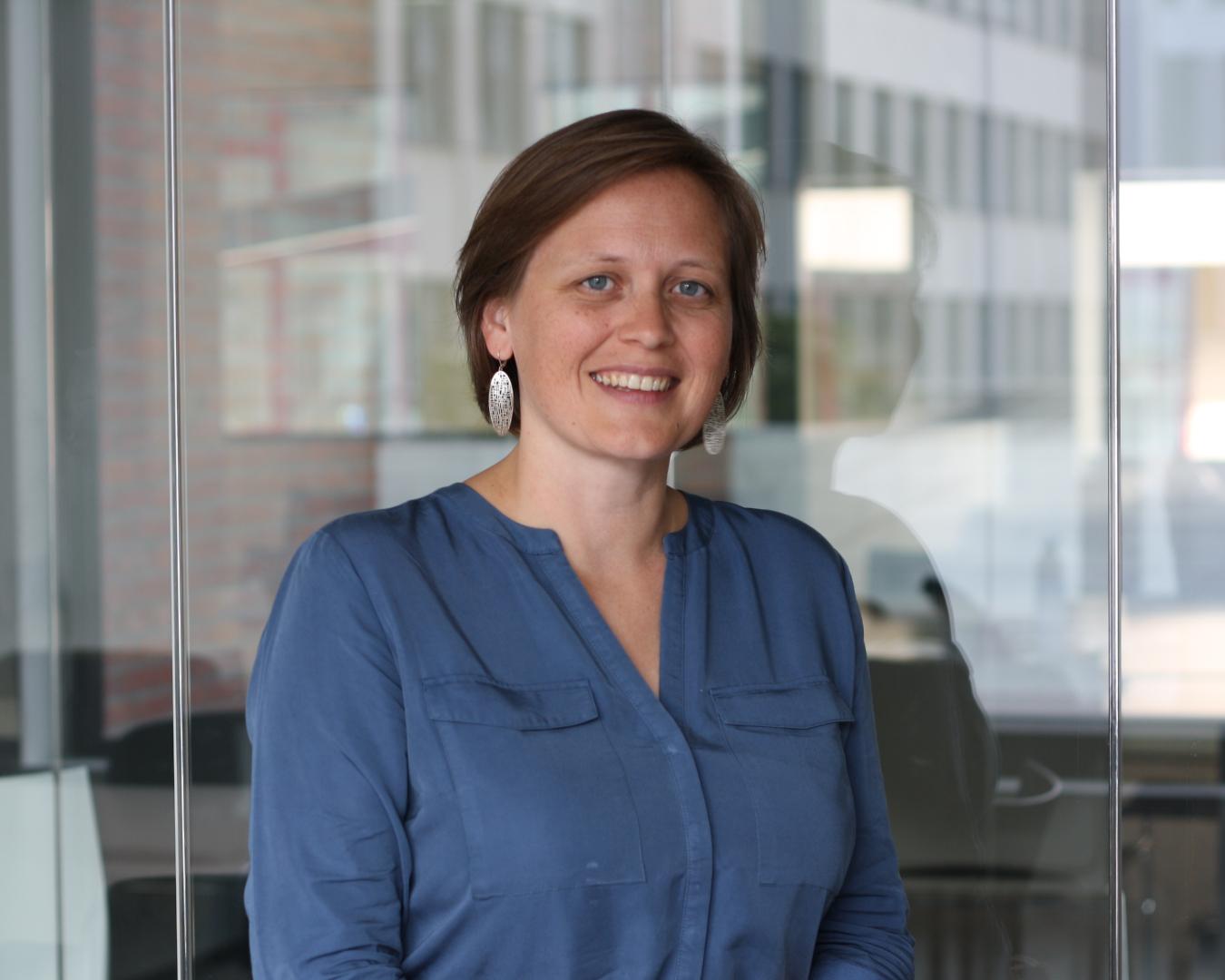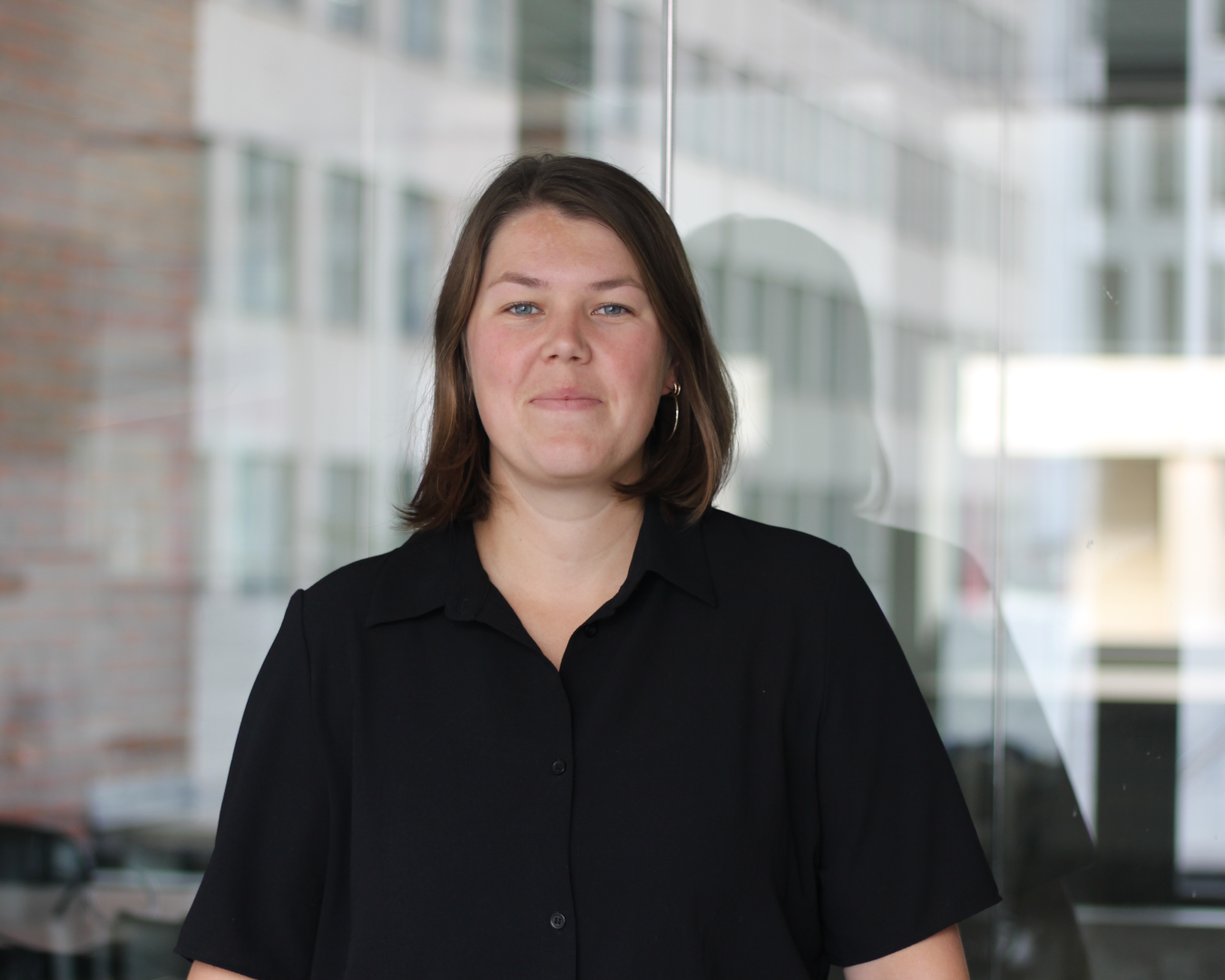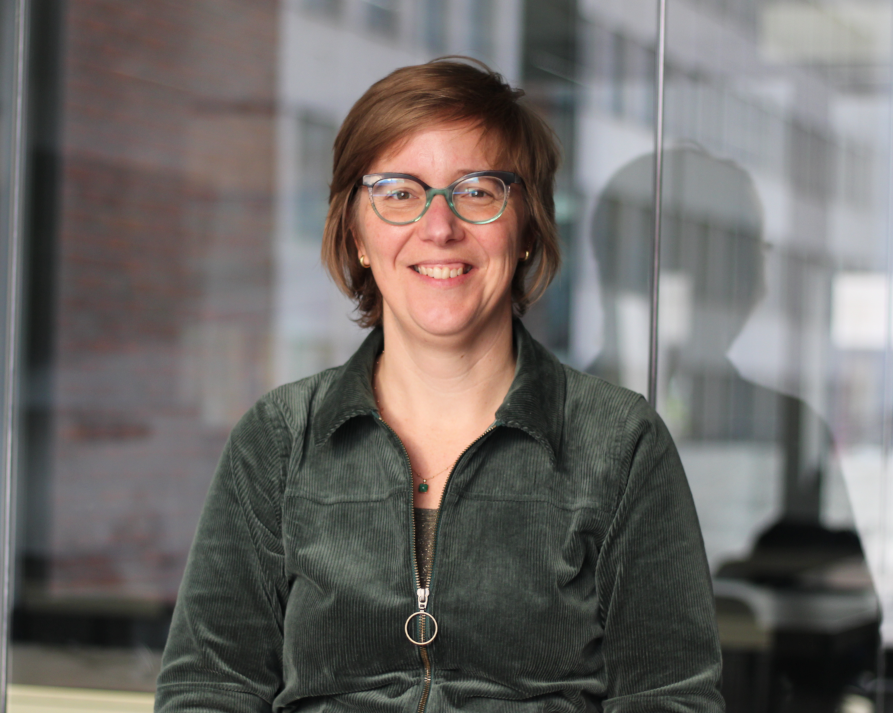We work on more than 300 projects every year.
STEM research agenda
Project leader:
Ditte Kimps
The challenge
The results of this assignment provide support for the STEM agenda 2030, in which the Flemish government wants to “continue its efforts to increase the Flemish population’s support for technology, innovation and science” and to do so “across policy areas” (Vlaamse regeerakkoord 2019-2024). It recognises the importance of STEM (Science, Technology, Engineering & Mathematics) because STEM competences and STEM specialists are necessary to get through the various transitions (around digitisation, energy, climate, health or circular economy). The intention is that everyone can cope with these transitions, even if certain groups (e.g. women and ethnic minorities) show little interest in STEM, and do not or hardly flow into STEM courses and jobs. Inclusion must therefore be taken into account so that everyone who wants to and everyone with talent, regardless of gender, age, origin or socio-economic situation (SES) can participate in STEM.
The process & results
The aim of the study is to design a research agenda for STEM Agenda 2030, exploring and identifying knowledge gaps and potential leverages. We first synthesised existing knowledge on factors and leverages for STEM through a literature review. We focused on themes such as inclusion, generic STEM competences, inflow, progression and outflow of STEM students and STEM jobs. With this information, we were then able to identify knowledge gaps. We also mapped the ecosystem of STEM actors (of the domains of education, work, leisure, research, innovation and science communication) and explored how synergies could be realised. The literature review and desk study were complemented by a workshop to consult key stakeholders. On this basis, we drew up the research agenda for the different domains and determined the governance to implement the research agenda. Regarding the results, in this article we explain a selection of explanatory factors, for a complete overview we refer to the report identifying the thresholds and levers for STEM.
First, stereotypes prevalent in society regarding STEM (jobs) for certain target groups have an impact on individual attitudes and choices. For example, one study shows that there are better gender distributions in STEM, especially in mathematics (in choices and outcomes), in countries where there is more gender equality. And the stereotype that people of a certain ethnic origin would be better or worse at certain competences has an impact on their chances of being hired into certain positions. For example, people of Asian origin are automatically good at programming or that people of African-American origin would be less academically inclined.
Second, parents, acquaintances and peers help keep these social norms and stereotypes alive. For example, higher-educated parents seem more likely to steer their children towards STEM (in education or leisure). Using (successful) role models (e.g. peers or teachers) has a leverage effect for choosing STEM. However, these role models should have similar backgrounds (such as gender, ethnicity, age and SES), so that people can identify with them and that they have the idea that it is also feasible for them. If this is not met, the use of role models may backfire in the choice of STEM.
Third, the perception of job opportunities is an important factor in the (continued) choice of STEM. This takes into account whether a job is exciting, whether there are enough jobs available, whether there is work-life balance, and what the salary will be. The salary plays less of a role for women than for men, but for women a good work-life balance is more important. Whether someone finds a job fascinating is also gender-sensitive. Women are more likely to choose jobs that deal with people, while men tend to choose jobs that are focused on things. Moreover, women would be put off jobs dominated by men.
Finally, participating in informal STEM activities (e.g. summer camps, STEM competitions, STEM academies) has a positive effect on competences, interest (even after controlling for existing STEM interest) and attitudes towards science and engineering. There are indications that the ‘low-stakes’ nature of the activities, where there is no testing, has positive effects on e.g. ethnic minorities and women who have a fear of failure.
